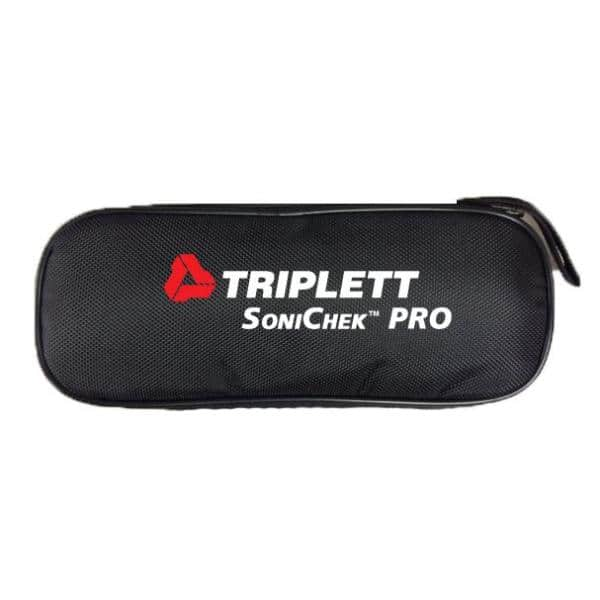

- FFMPEG REMOVE AUDIO STATIC SOFTWARE
- FFMPEG REMOVE AUDIO STATIC PROFESSIONAL
- FFMPEG REMOVE AUDIO STATIC FREE
The reason here is the the "fast way" and the "slow way" work very differently behind the scenes.
FFMPEG REMOVE AUDIO STATIC FREE
> The slow way is free of quirks, whereas the fast way introduces something unexpected to the video, like a half a second of a black screen with audio continue playing like normal.

I suspect if I read their documentation and do some more research, I'll discover a more optimal way of ordering the various flags on the command line which can speed up the execution, while preserving accuracy.

I'm still curious as to how a tool like ScreenFlow can achieve faster trimming/concatenation/subtitle overlaying, than FFmpeg. The slow way is free of quirks, whereas the fast way introduces something unexpected to the video, like a half a second of a black screen with audio continue playing like normal. Interestingly, there seems to be a fast and a slow way to do things in FFmpeg.
FFMPEG REMOVE AUDIO STATIC PROFESSIONAL
Slower = When I say slower, I mean, if I manually performed the same operation in a professional video editing tool like ScreenFlow, the time it took ScreenFlow to export a video was quicker than the time it took FFmpeg to finish executing the command. Note, we're talking about hundreds of gigabytes worth of 4K videos. I do have a project that I was playing around with (and will get back to, sooner or later), where I made a simple MacOS wrapper for ffmpeg:Īs a little side project, I've been trying to automate creation of those "1 second everyday" style videos, and used FFmpeg to achieve this.įor things like trimming and concatenating videos, one thing that surprised me was that it was slower than using a tool like ScreenFlow. I'm not so happy about that, but it's the world we live in. Video has been around a while, and companies like Ampex patented a heck of a lot of stuff that can easily be applied to current video.įfmpeg actually has a couple of build configs that are designed to remove coercive-licensed components.
FFMPEG REMOVE AUDIO STATIC SOFTWARE
I think the biggest issue with video software (besides it being difficult and performance-intensive), is the prevalence of a lot of old, highly-enforceable patents. Some folks can make entire careers out of just tuning ffmpeg. Many commercial offerings are really just veneers over custom ffmpeg implementations. It also appears to be the only game in town. It's a damn good project, and under current development and support. However, the final command is a little crazy: Very cool and is a great demo of some of ffmpeg's functionality. I wanted to create a slideshow a couple weeks ago and came across this article on creating a Ken Burns Effect Slideshow. M4b-tool chapters -v -epub-dump -epub=my-book.epub my-audiobook.m4b # ok, lets only dump the findings in chapter.txt format to do it manually M4b-tool chapters -v -epub-restore "my-audiobook.m4b" # omg it did not work and messed up all chapters, please restore the original chapters M4b-tool chapters -v -epub=my-book.epub -epub-ignore-chapters=0,1,-1,-2 -max-chapter-length=300,900 "my-audiobook.m4b" # create a backup of the original chapters (done automatically) # split chapters into sub chapters to ensure they are between 5 and 15 minutes # ignore first, second and last two epub-chapters for the match (dedication etc.) # try to match my-book.epub on my-audiobook.m4b I got some pretty good matches with m4b-tool here, while it does not work for all audio books (you need the latest pre-release for this very experimental undocumented feature!): Well, if you own the epub, you could try to find out the whole length of the audiobook, then extract the whole text of the epub splitted by chapters and then relatively match the text length to the audio length and put the chapters where the nearest silence is (chapter 2 is at 3.3845% of the whole text, so seek for a silence around 3.3845% of the audio length)


 0 kommentar(er)
0 kommentar(er)
